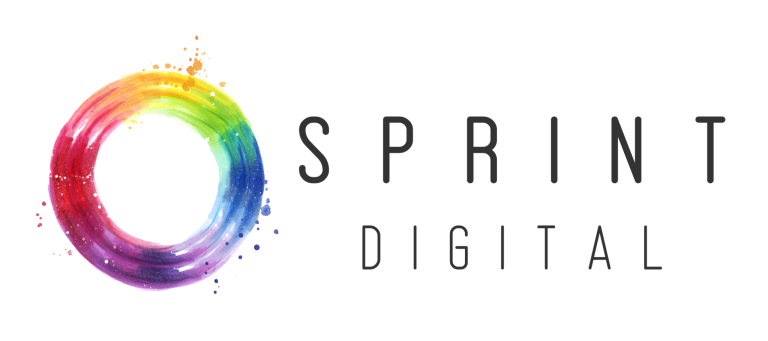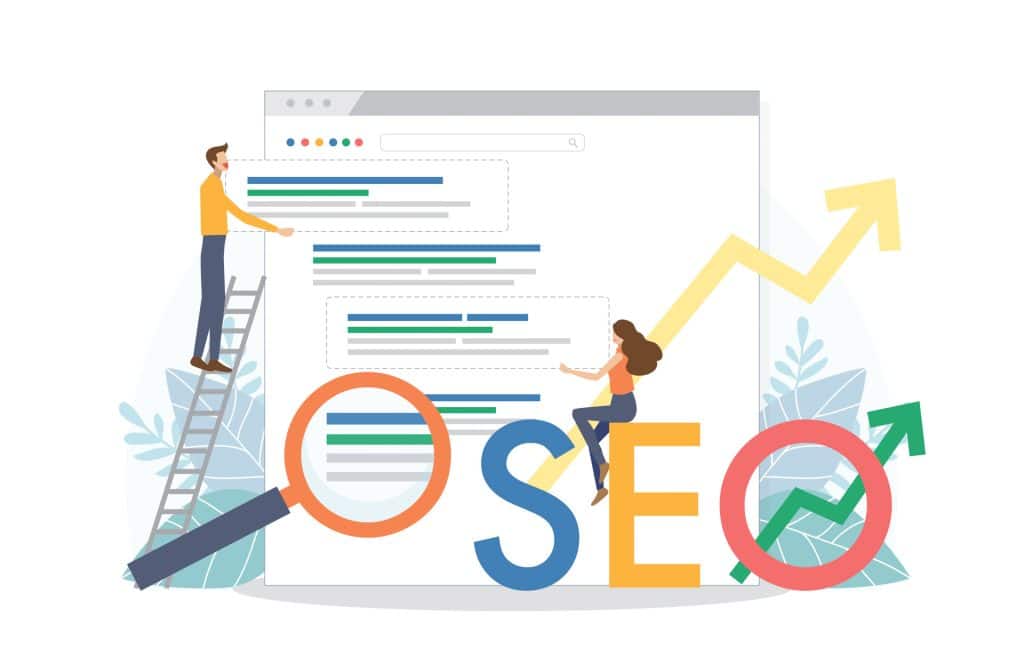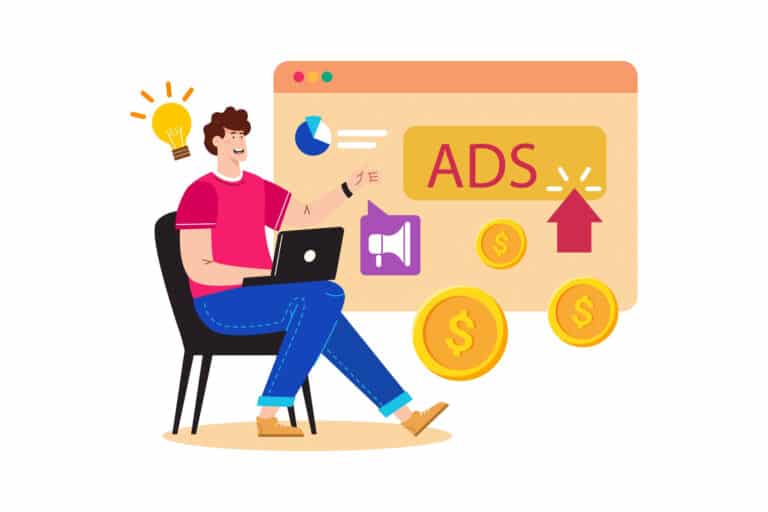Fundamental elements for both search engine optimization (SEO) and user experience, anchor text and hyperlinks can significantly improve your website’s visibility and user engagement.
I previously delved into ‘Why Internal Linking Is Important for SEO, and How To Get Started’. Now, let’s explore best practices for creating anchor text and implementing hyperlinks that contribute to better SEO and user experience.
Understanding Anchor Text and Hyperlinks
- Anchor Text: Clickable text in a hyperlink. Typically blue in colour, and underlined to indicate that clicking will take users to another webpage.
- Hyperlink: Reference to another webpage or resource, either within the same site (internal link) or on a different website (external link).
Search engines like Google use anchor text and hyperlinks to understand the content and context of both the source and the destination pages. This helps them rank websites and pages more accurately for relevant search queries. Hence the importance of following best practices when using anchor texts and hyperlinks.
Best Practices for Anchor Text
1. Be Descriptive and Relevant
- Use anchor text that accurately describes the content of the page you are linking to. Avoid generic text like “click here” or “read more.” Instead, use descriptive keywords that provide users (and search engines) with context about the link’s destination.
- For example, instead of “Learn more,” use something like “Learn more about Sprint Digital’s services.”
2. Use Keyword-Rich Anchor Text
- Incorporate keywords in your anchor text – as long as it is relevant to do so and reads well. For example, if you are linking to a page on “Google Ads,” perhaps use “Google Ads Creation” as the anchor text.
- However, avoid overusing keywords as search engines may see this as a red flag.
3. Vary Anchor Text Phrases
- Avoid using the same anchor text repeatedly for different pages.
- Changing up the text you use helps avoid keyword overuse and bombarding your users with the same repetitive phrases.
4. Keep Anchor Text Short and Sweet
- Ideally, anchor text is 2-5 words.
- While longer phrasing may be necessary for clarity, aim to keep anchor texts to the point.
5. Ensure Anchor Text Stands Out Visually
- Ensure anchor text has some distinction from surrounding text. Typically, the colour is different and underlined.
- If users can’t readily identify links, they won’t be clicked.
Best Practices for Hyperlinks
1. Link to Relevant and Credible Sources
- When linking to external sites, always ensure that the linked page is relevant to your content and from a credible source. Linking to authoritative sites can boost your content credibility and SEO through association.
- For internal links, connect to pages that provide additional value or context, such as related blogs.
2. Use a Mix of Internal and External Links
- Both internal and external links are valuable.
- Aim for a balanced mix to enhance your content’s value, user engagement, and search engine rankings.
3. Avoid Linking to Low-Quality or Spammy Sites
- Avoid harming your own site’s credibility and search ranking. If you need to reference a questionable source, use a “nofollow” attribute to tell search engines not to pass any link equity to that page.
4. Use the Correct Link Attributes
- Nofollow: This attribute tells search engines not to pass on link equity. Use it for paid links, user-generated content, or when linking to untrusted sources.
- Dofollow: By default, most links are “dofollow,” meaning they pass on link equity. Use this for links to authoritative and relevant pages that you want to endorse.
5. Implement Contextual Linking
- A Contextual Link is clickable text (usually a keyword) located in the body of your content (opposed to your footers, for example).
- These links are generally considered more valuable by search engines.
6. Check and Update Broken Links Regularly
- Broken links can be detrimental – correct these as soon as found with fresh content.
7. Open External Links in a New Tab
- While internal links should open in the same tab, external links are best opened in a new tab.
- By selecting this option, users remain on your website, while still being able to explore external links.
I hope you have found these best practices helpful.
Need more expert guidance? Get in touch!






